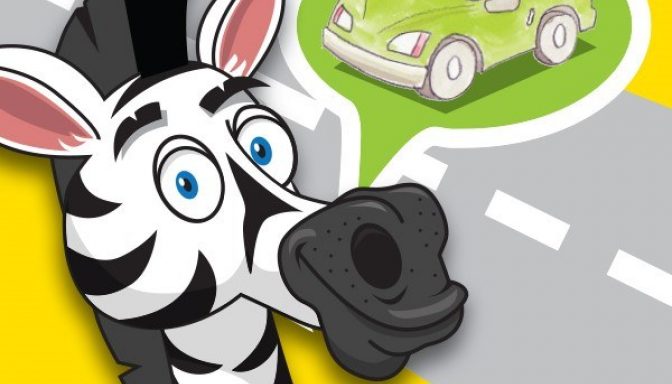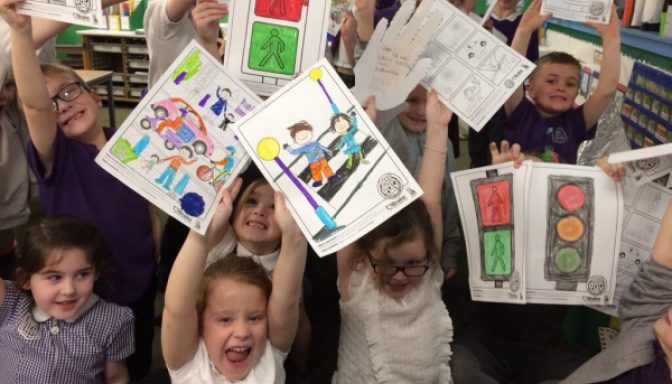Throughout the primary phase, children begin to understand worlds beyond home and school, and they can relate to their wider locality and other places they experience or learn about.
Giving learning a real-life context or outcome, where children can relate to their own community and beyond, is important – children are more likely to be engaged if learning has a purpose.
Questioning may become more open-ended. Activities that allow children to manipulate abstract concepts, e.g. creating timelines, 3D models, quizzes and experiments, are important to develop analytical thinking. Children collaborate well in pairs and groups and enjoy healthy competition.
Technology is most effective in supporting learning when it is used in conjunction with other active learning strategies, such as discussions and projects. Up to the age of about 8, the most effective way that technology can be used to support learning is through information-based resources related to children’s literacy levels. As they get older, children become more interested in game-based learning.
Key road safety messages to teach at this age:
- For safe and healthy journeys, children need safe roads, where traffic moves at slow speeds. They need safe places to cross roads, safe places to walk and cycle, and clean air to breathe.
- Children can be leaders for road safety by asking grown-up's to keep them safe near roads.



